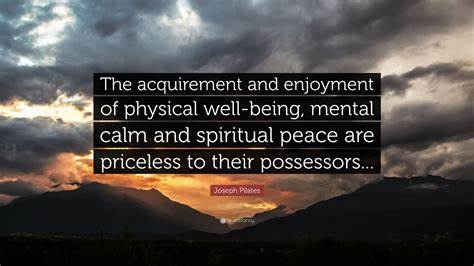Pilates Footwork
It’s very tempting, and not surprising, to think of Footwork in Pilates as a basic leg strengthening exercise. Well, on the face of things, it is: on the Reformer the Footwork resembles a squat done lying down. However, the range of possibilities that are within what we call “Footwork” in Pilates is so broad that it makes writing anything concrete about it so difficult! There is really so much to talk about with the Footwork that it’s almost impossible to know how to begin and end. This post aims to give you some idea of the scope of this series of exercises…
Footwork on the: Reformer? Wunda Chair? Cadillac?
We do the Footwork on all these. Some people use the Mat and even a Wall! On the Reformer as well as the usual Footbar, we can also use a footplate.
What should we be focusing on during footwork?
Your instructor will advise you to
- engage the abdominals before pressing back (on the reformer);
- keep the hips, knees, ankles and foot in line;
- be aware of any rocking of the pelvis and advise you how to maintain the most appropriate position for you;
- keep the movement smooth and continuous without bumping the apparatus at the limits of the range of movement.
What about the breathing?
The footwork is a wonderful opportunity to work on breathing: we are lying flat, the choreography is relatively simple and straightforward and as the footwork comes right at the start of the lesson, it’s an optimal time to really get focussed on posterolateral rib breathing to assist in our deep abdominal activation as opposed to deep diaphragmatic breathing.

Aims and objectives of the Pilates Footwork:
- Strengthening (and stretching) all the leg muscles: internal and external rotators, quadriceps, hamstrings, abductors & adductors (the muscles which separate and close out legs respectively), calf muscles and ankle stabilizers.
- Developing an awareness of lower spinal & pelvic (lumbopelvic) control & stability.
- Correcting hip, knee and ankle alignment and stability.
- A warm up, using global “mover” muscles before continuing onto more specific stabilizing work.
- An assessment tool for the instructor, using all the right angles provided by the design of the apparatus to check alignment, breathing and stability.
Note also: hip seat and pelvis: ability to maintain a neutral pelvis: the tailbone pops up or the thorax pops up. Try lowering the weight of the spring so that you’re not pushing against it with it using your legs, but with an “integrated trunk”. That will give a greater sense of working from the centre… it isolates the muscles of the seat and the hips rather than the legs.
Initial position

Tall people may be a little cramped in the bent knee position and so the pelvis is forced to come into posterior tilt; in other words imprinting their spine into the carriage. There are two solutions: set the reformer into the second gear or start a little pushed out (I always suggest this for everyone anyway). This has the advantage that after some time they might find that they have opened up in the lumbar and pelvic region and so are now able to bring the carriage all the way in.
Foot and leg position variations
Positions:
- Feet in parallel, about sit bone width (ischial tuberosities) apart so that the legs are parallel. I think of this as a global warm up and getting used to the carriage. The challenge can be greatly increased by ensuring that the feet don’t move, providing a stable platform to allow ankle flexion and extension.
- V toes: Heels are together with external rotation of the whole leg from the hip.
- Wide V: heels are as widely spaced on the footbar as possible.
Which part of the foot?
- Big toe joint/balls of the feet.
- Heels: a great way to connect to the underside of the seat, “wrapping the thighs together as it were.
- “Prehensile” – with the toes wrapped around the footbar.
- Arches: using the arches of the feet as opposed to the heels of the balls of the feet.
One leg or two?
- Imbalances are so frequent in the relationship between hip, leg and foot of the left and right side and one legged footwork really challenges this.
- Tendon stretch in both parallel and small V positions really lengthen out the body by dropping the heels under the footbar.
Running: a breathing exercise with stretching elements.
Conclusion
Footwork is not an exercise but a vast series of exercises. In common with many Pilates exercises there is far more to the footwork exercises than immediately meets the eye.
Balanced muscle development, lumbopelvic stability and lower limb alignment at all levels are the objectives here…
If you enjoyed reading this post, why not head over to our studiofor a Trial/Assessment lesson? The button is on the right sidebar. Hope to see you soon :-)))















